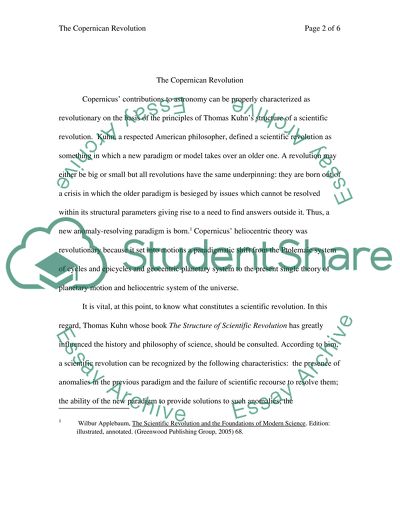Cite this document
(“Copernican Theory vs Ptolemy System Essay Example | Topics and Well Written Essays - 1000 words”, n.d.)
Copernican Theory vs Ptolemy System Essay Example | Topics and Well Written Essays - 1000 words. Retrieved from https://studentshare.org/astronomy/1555124-history-essay
Copernican Theory vs Ptolemy System Essay Example | Topics and Well Written Essays - 1000 words. Retrieved from https://studentshare.org/astronomy/1555124-history-essay
(Copernican Theory Vs Ptolemy System Essay Example | Topics and Well Written Essays - 1000 Words)
Copernican Theory Vs Ptolemy System Essay Example | Topics and Well Written Essays - 1000 Words. https://studentshare.org/astronomy/1555124-history-essay.
Copernican Theory Vs Ptolemy System Essay Example | Topics and Well Written Essays - 1000 Words. https://studentshare.org/astronomy/1555124-history-essay.
“Copernican Theory Vs Ptolemy System Essay Example | Topics and Well Written Essays - 1000 Words”, n.d. https://studentshare.org/astronomy/1555124-history-essay.


